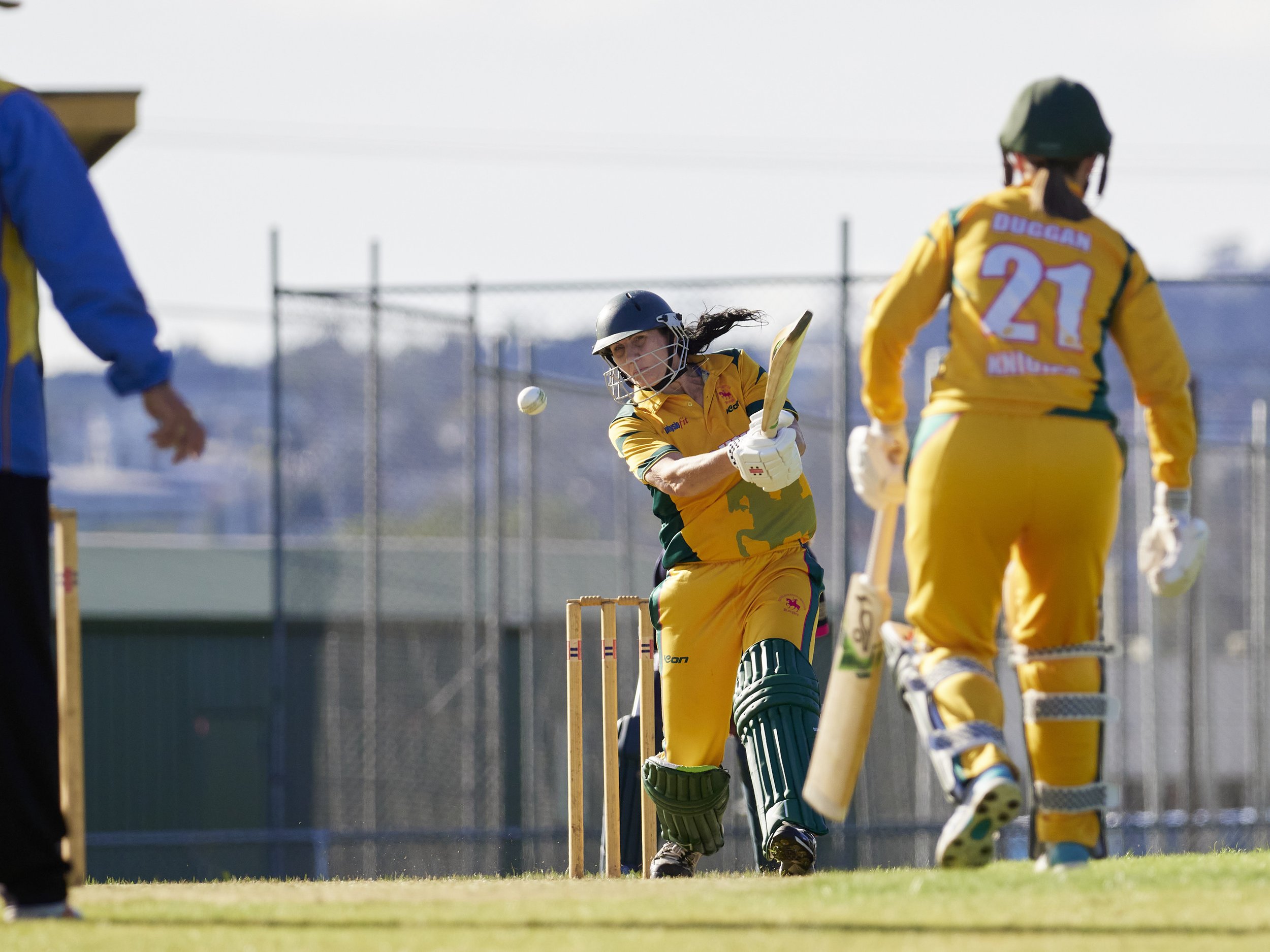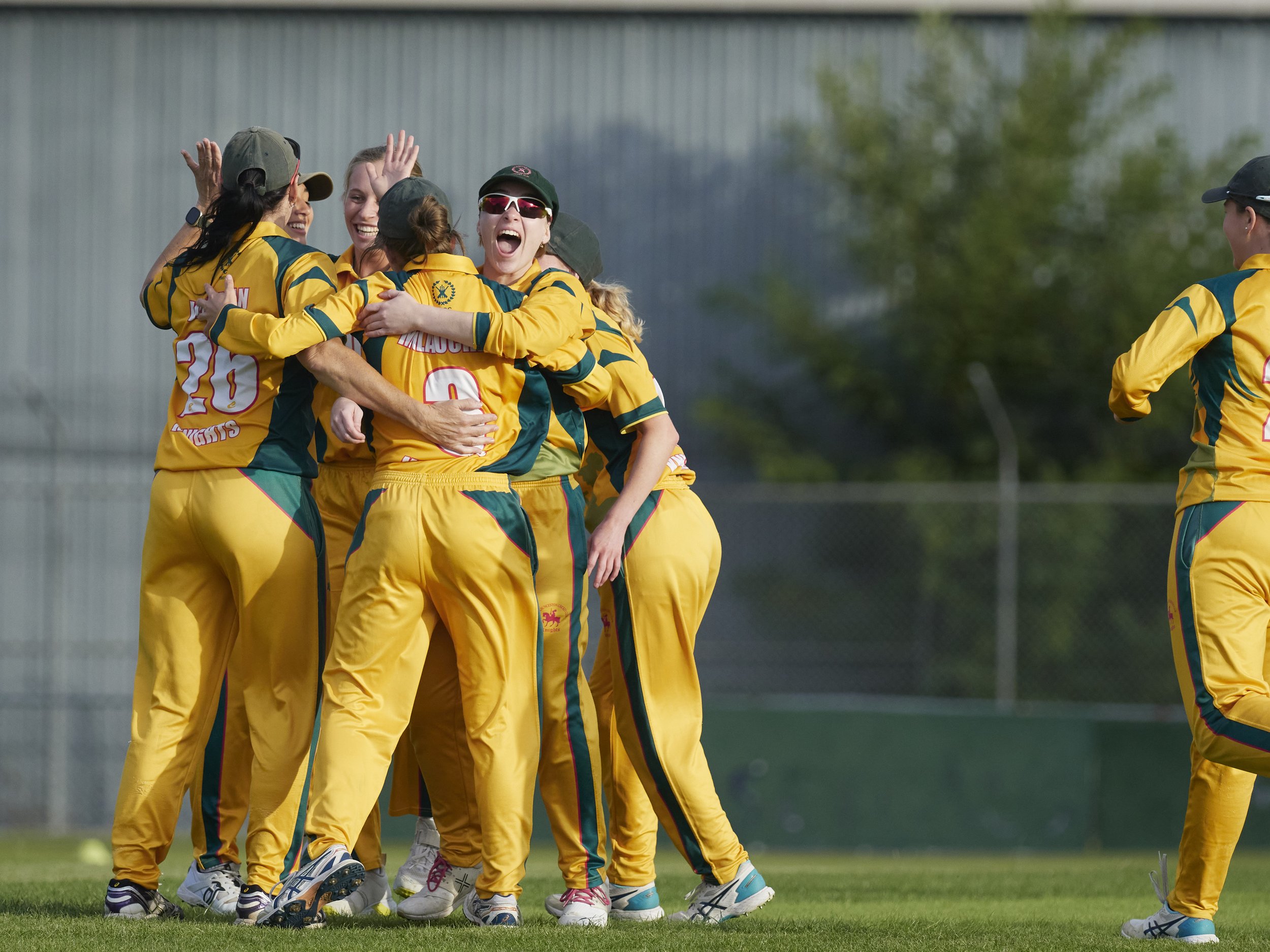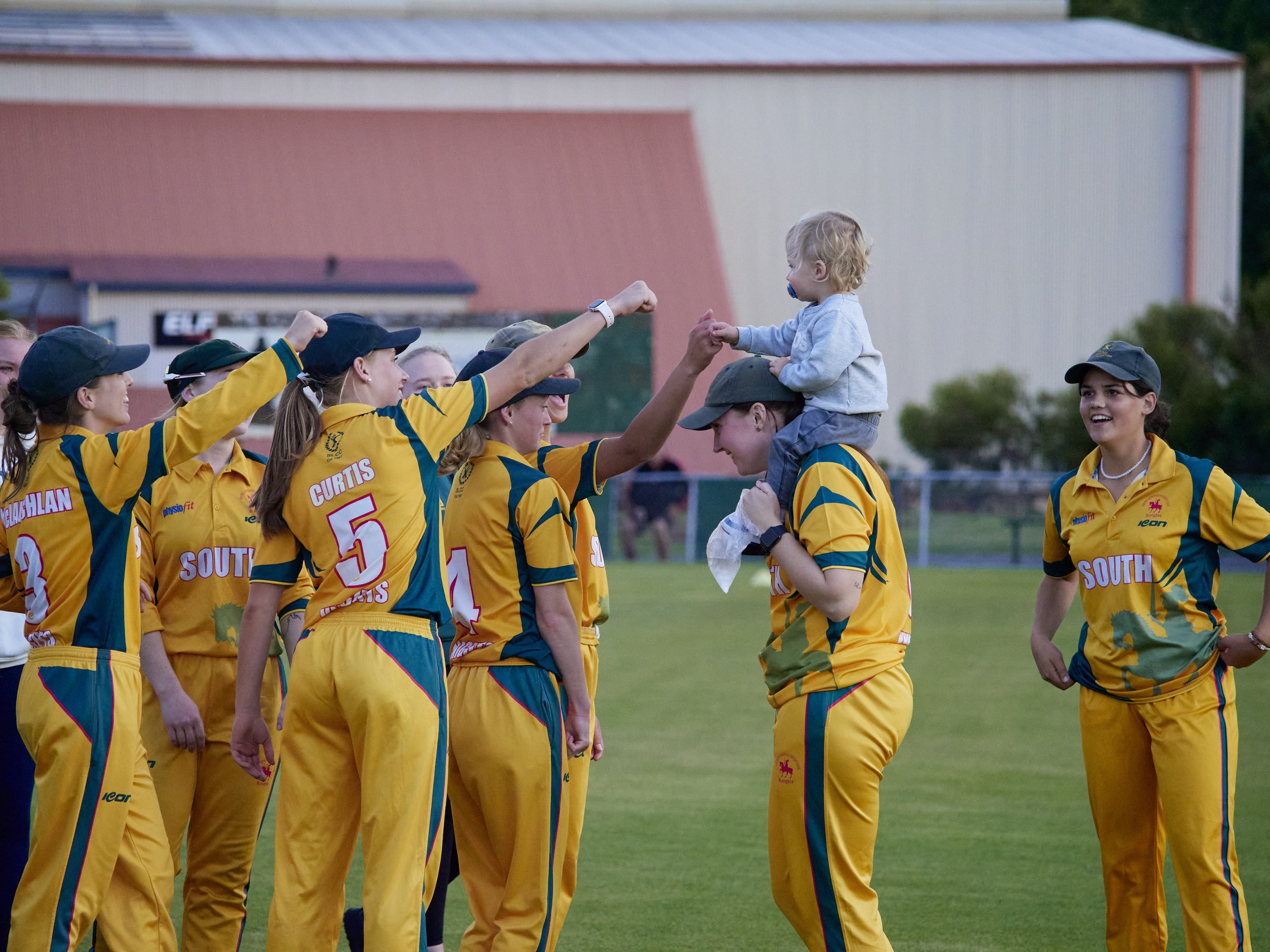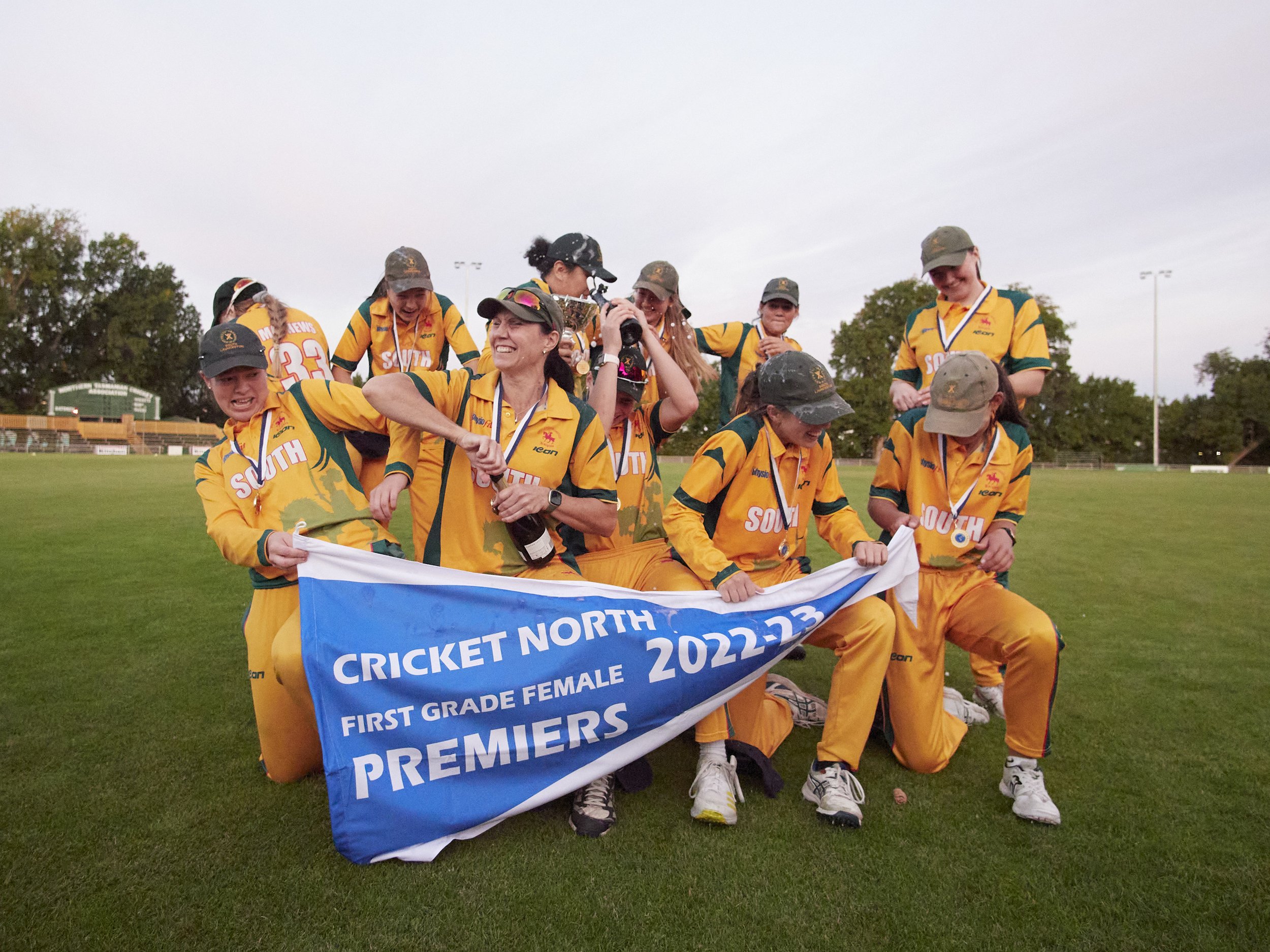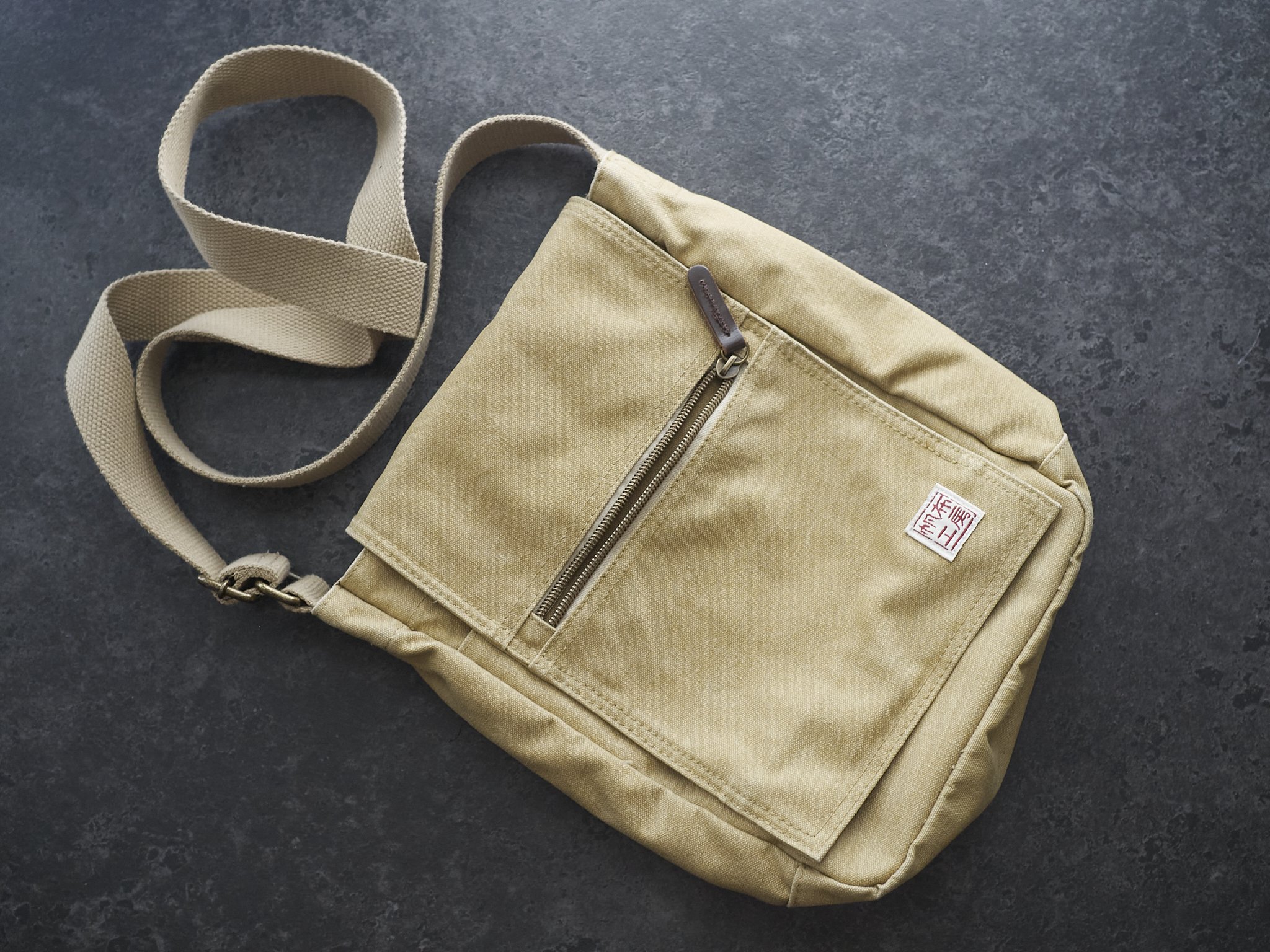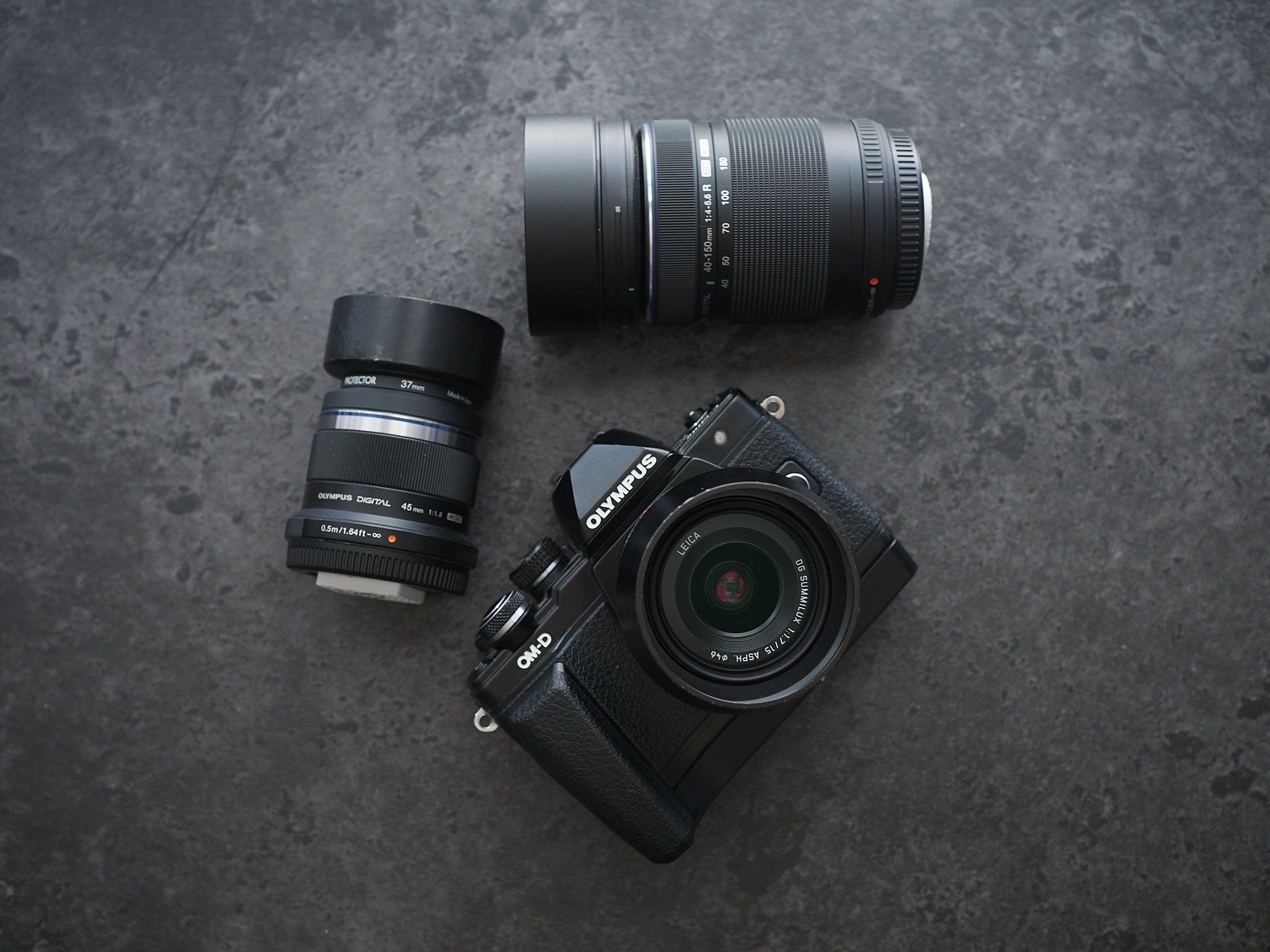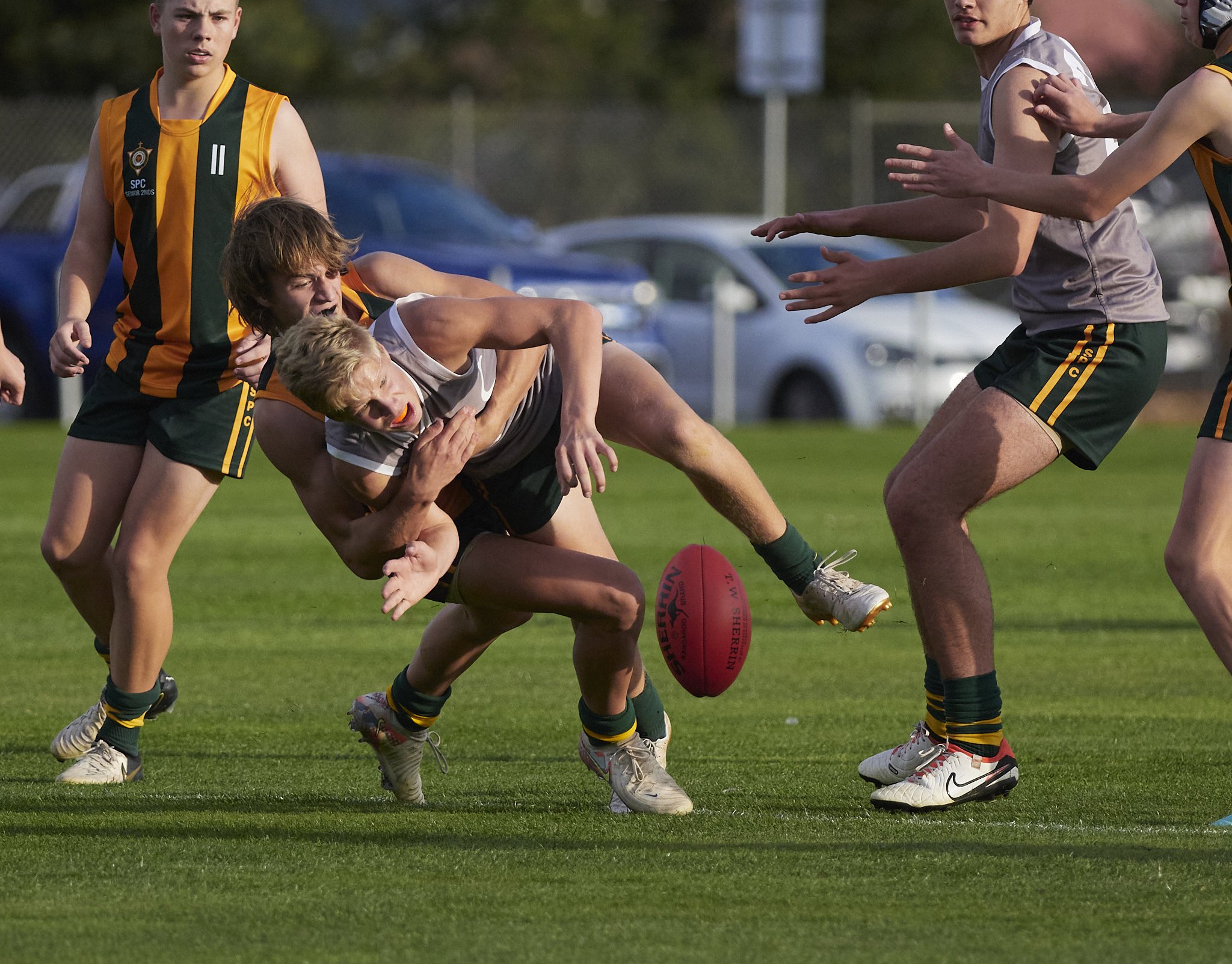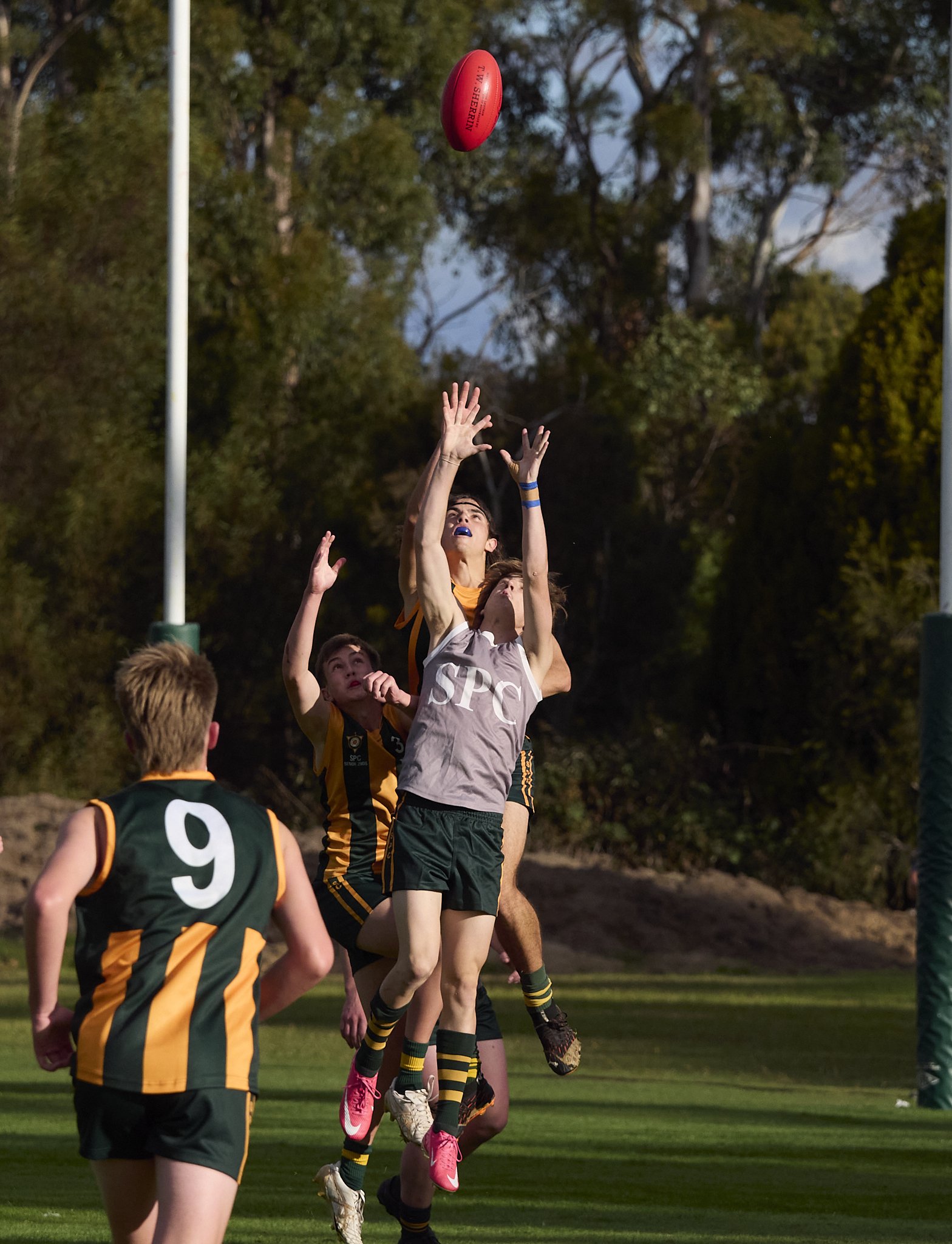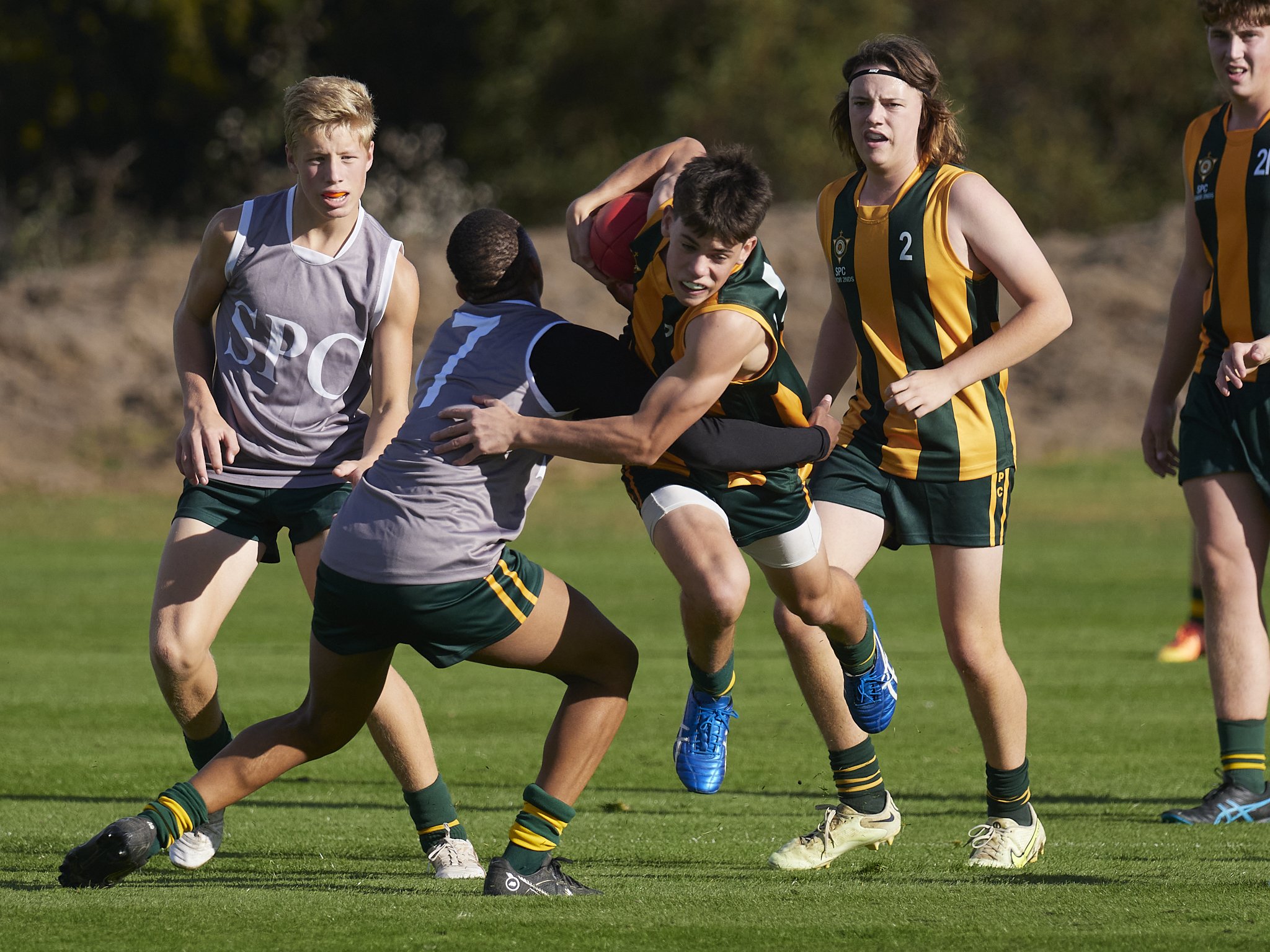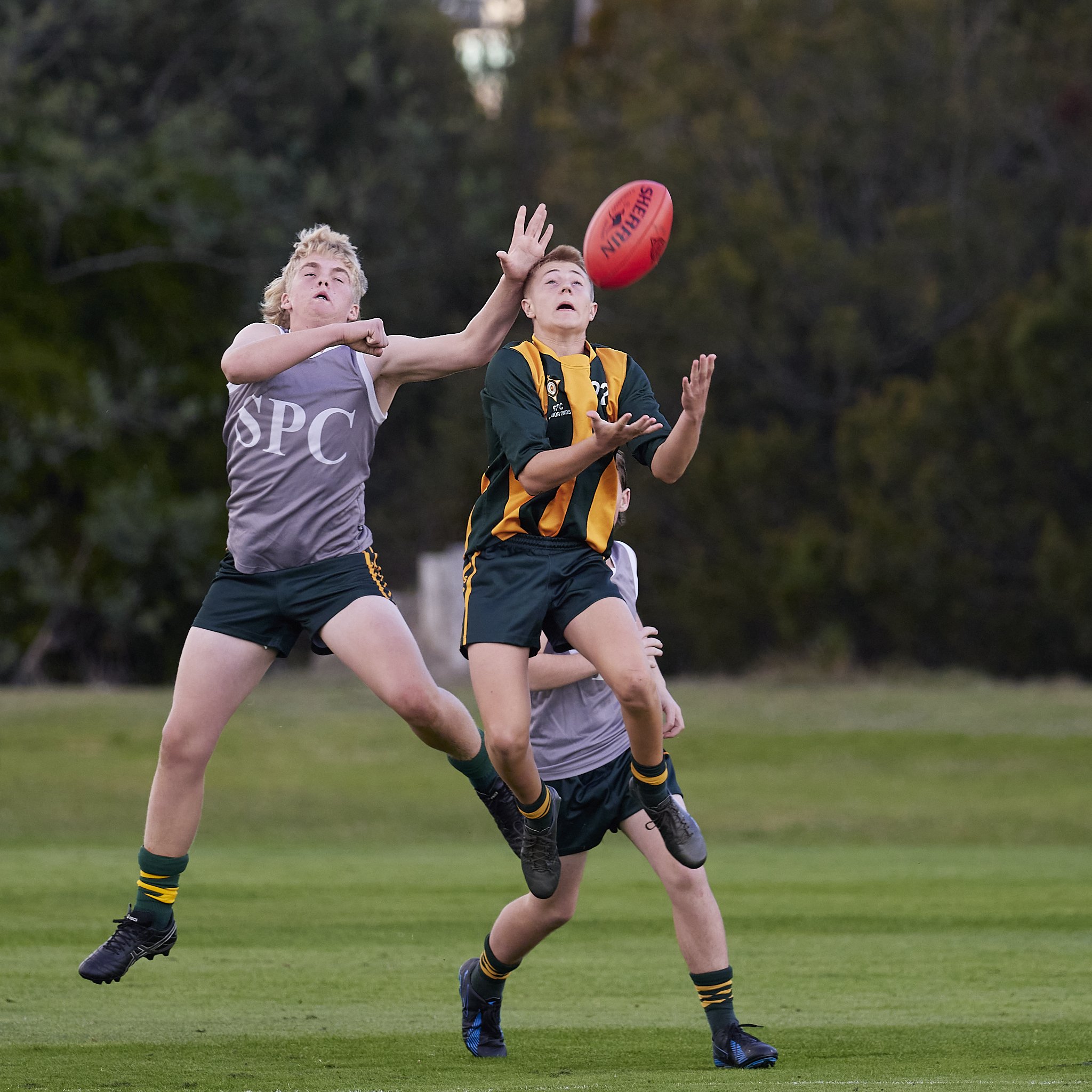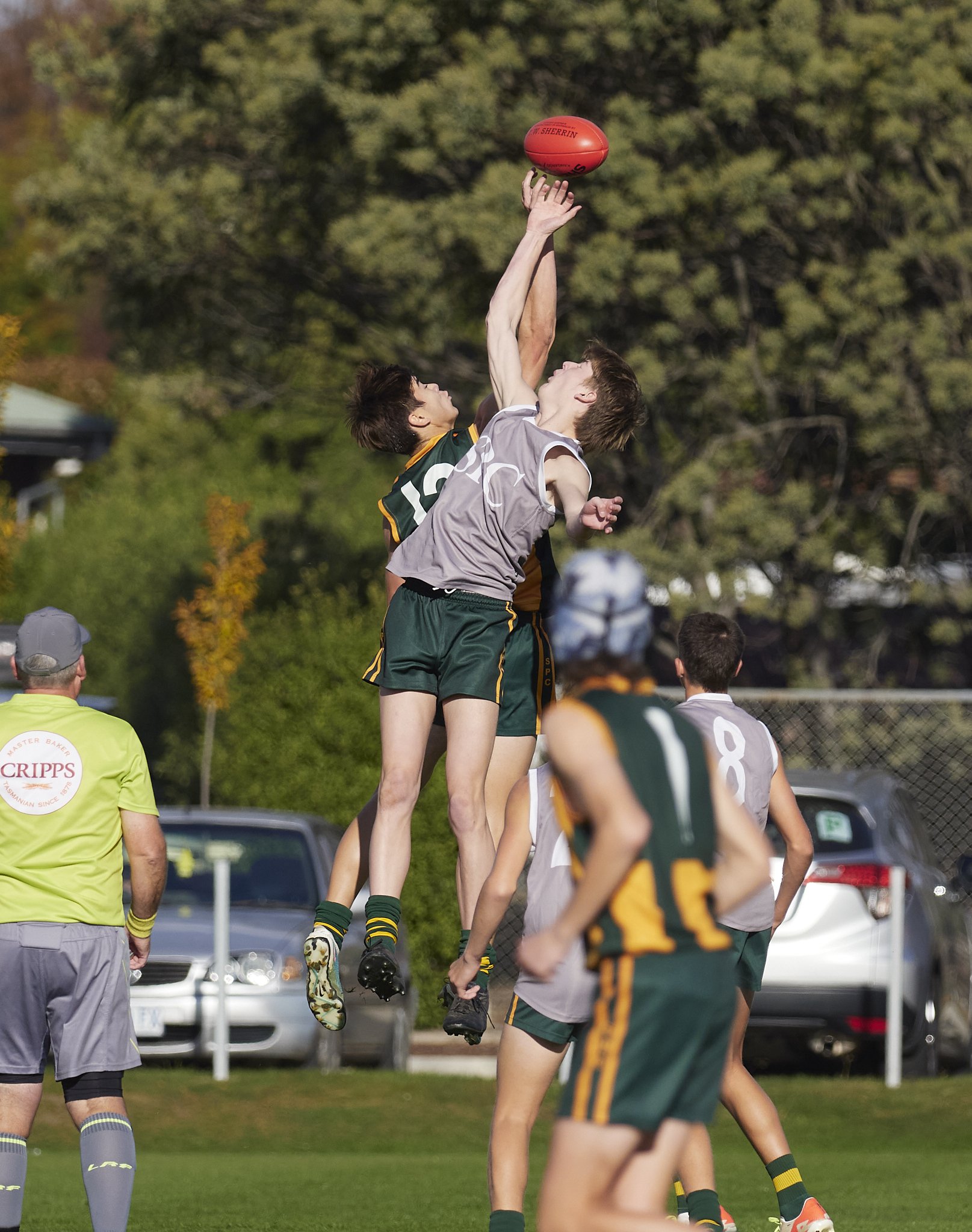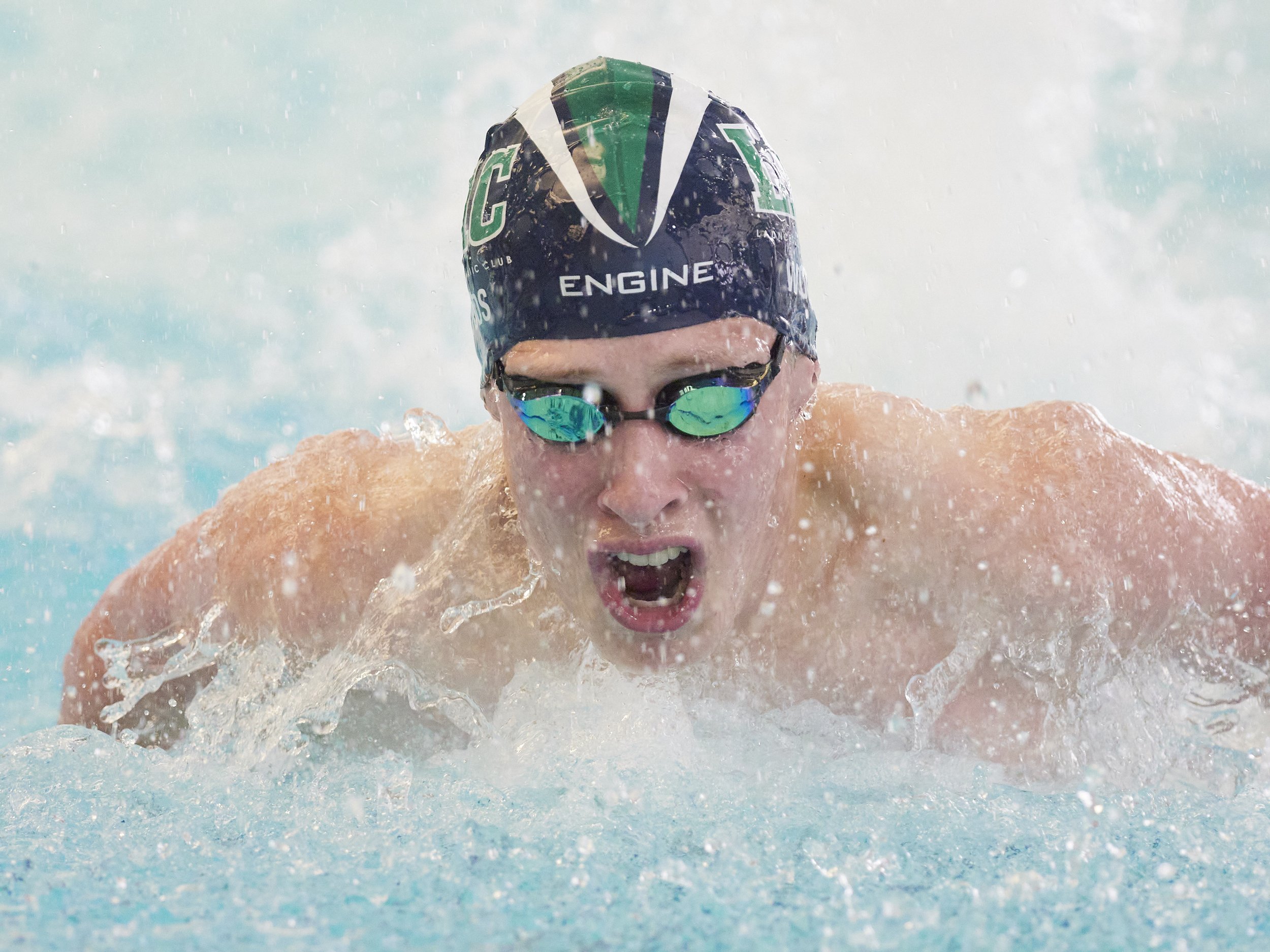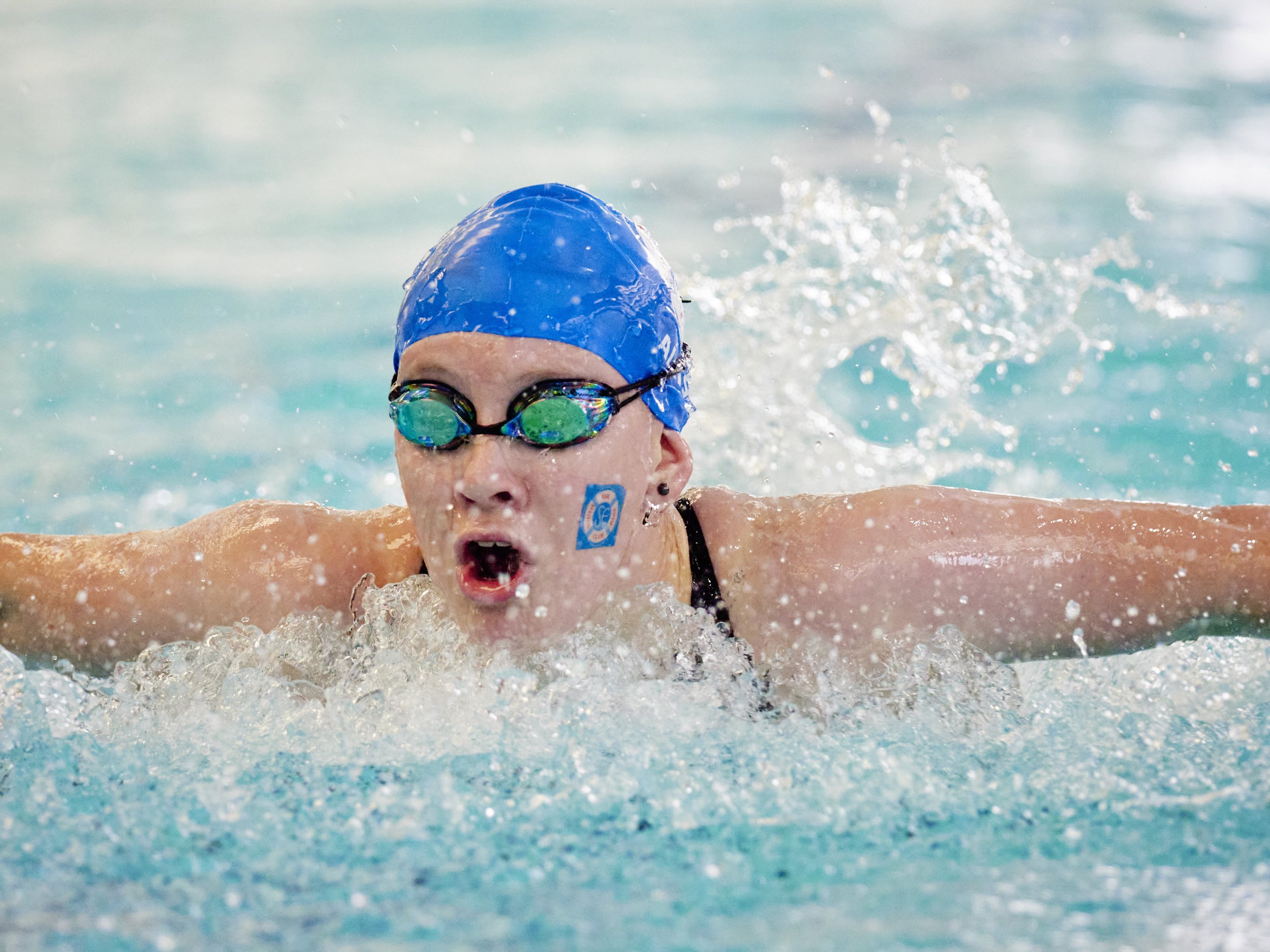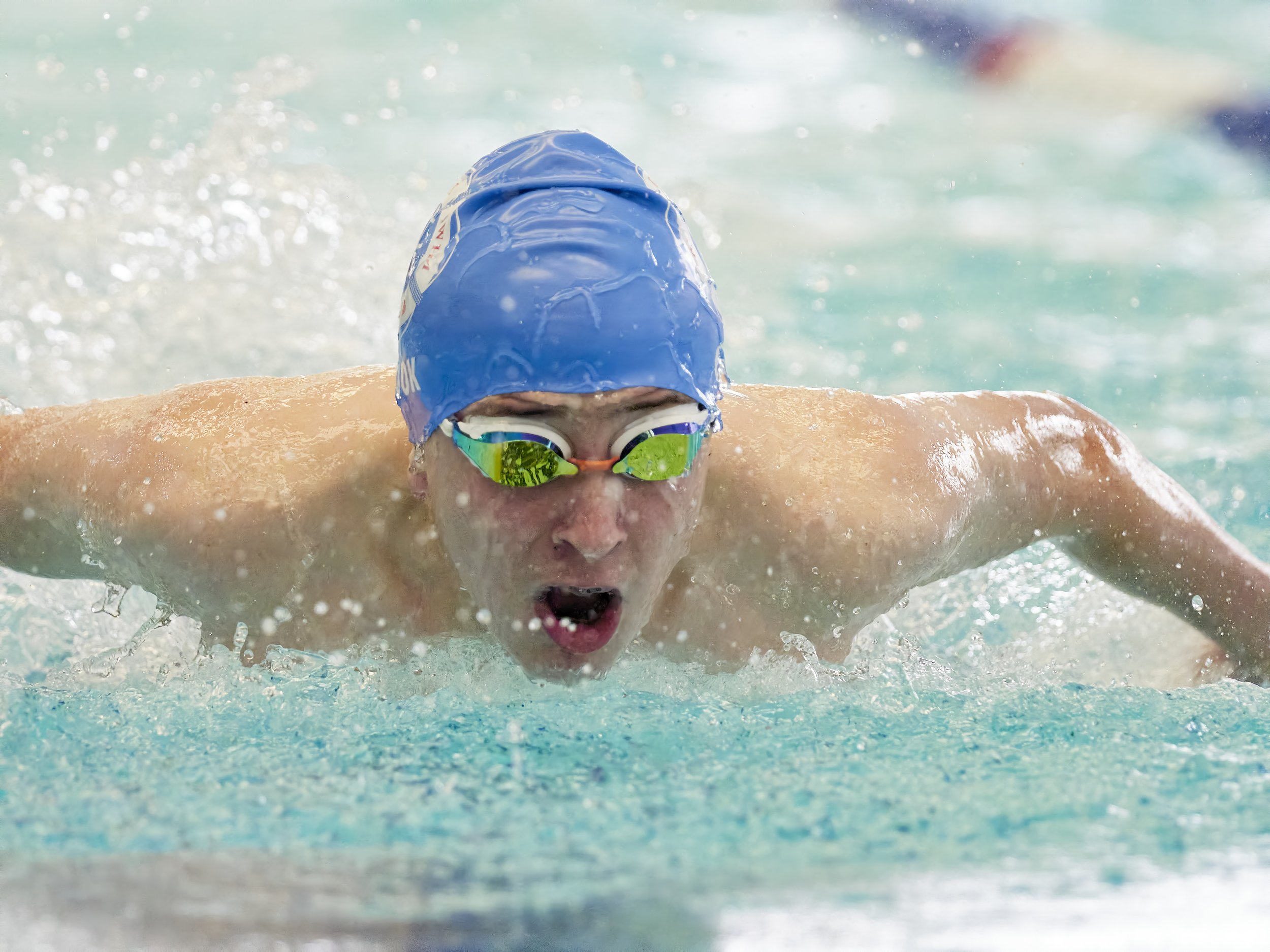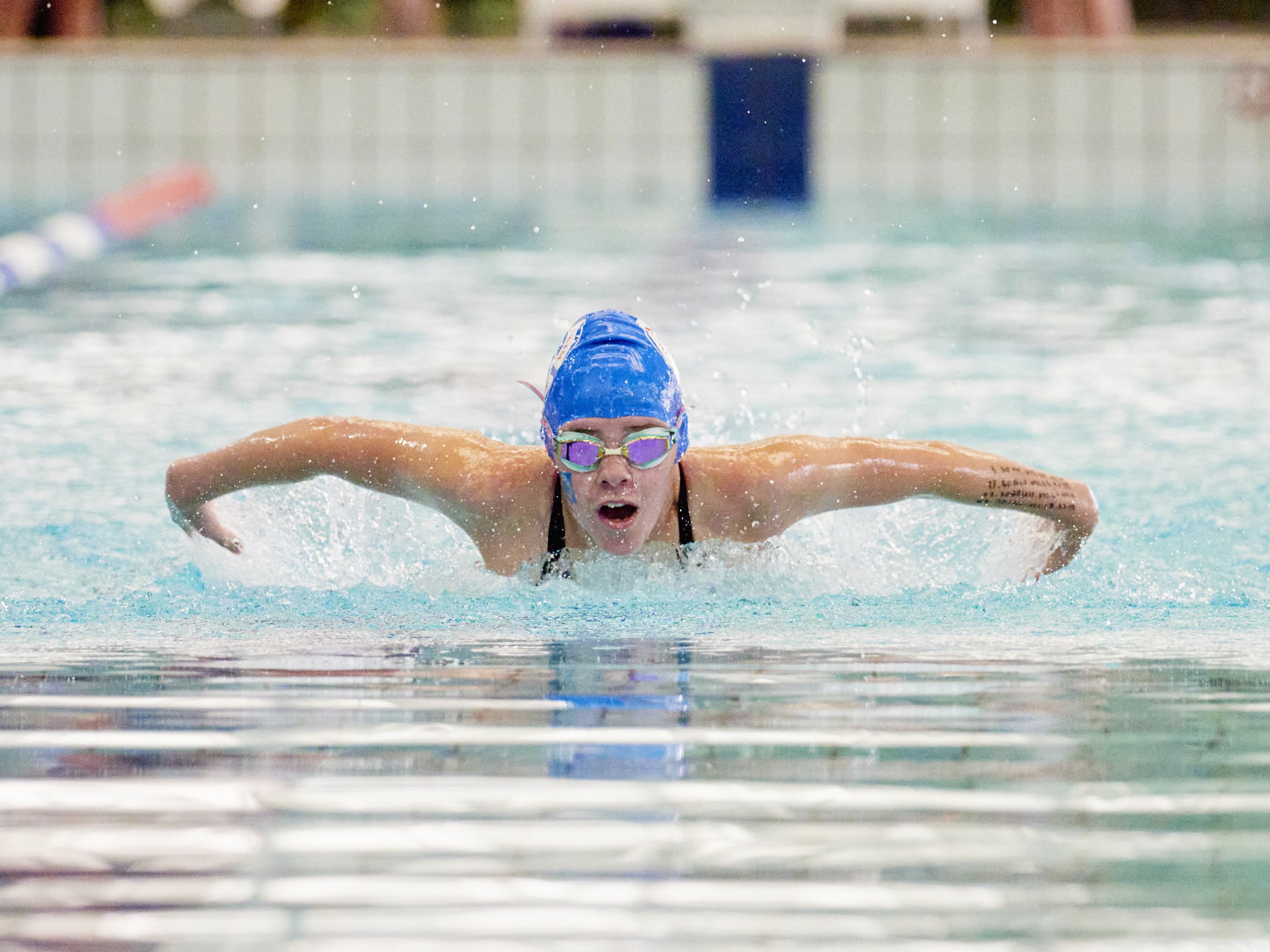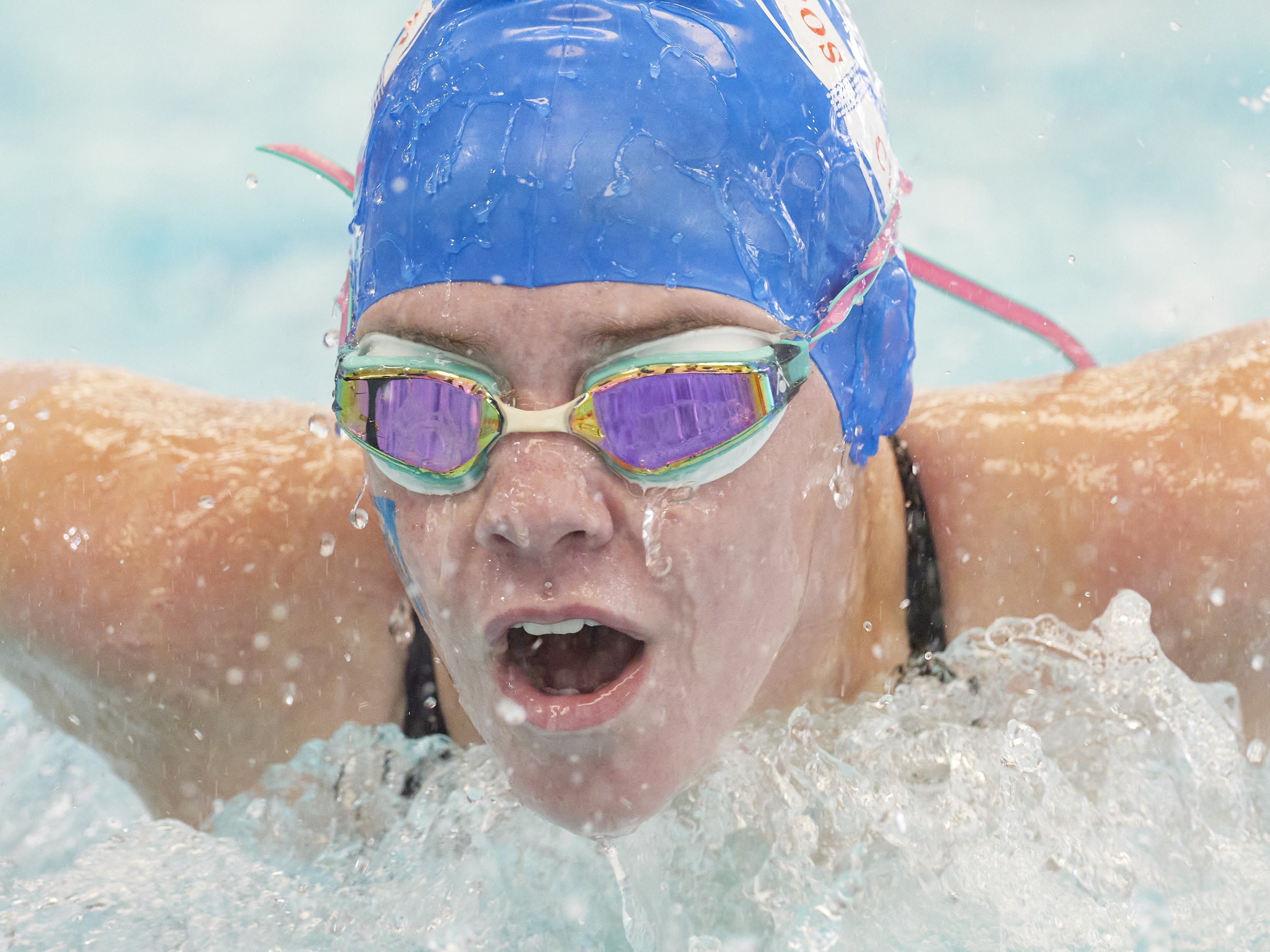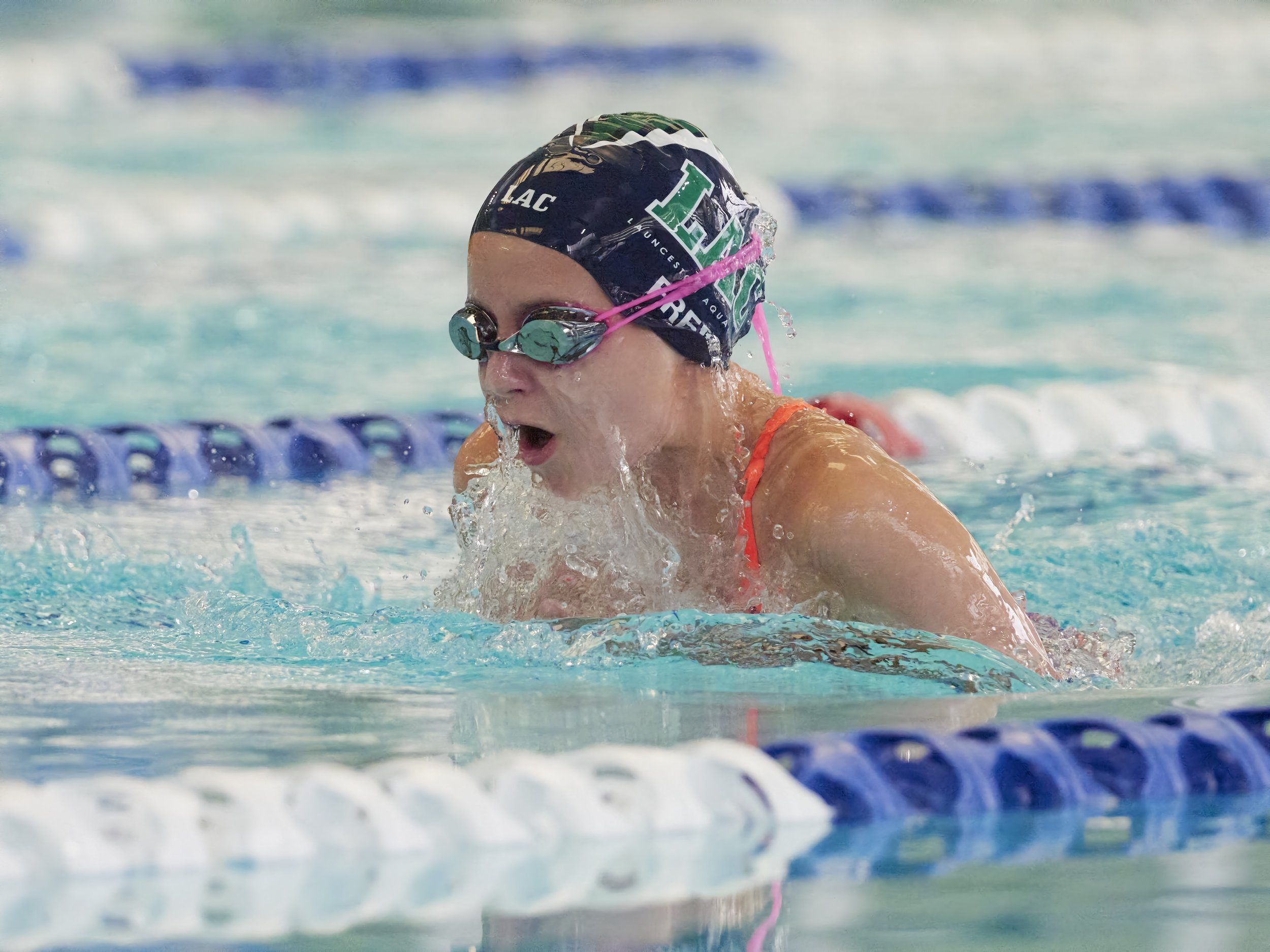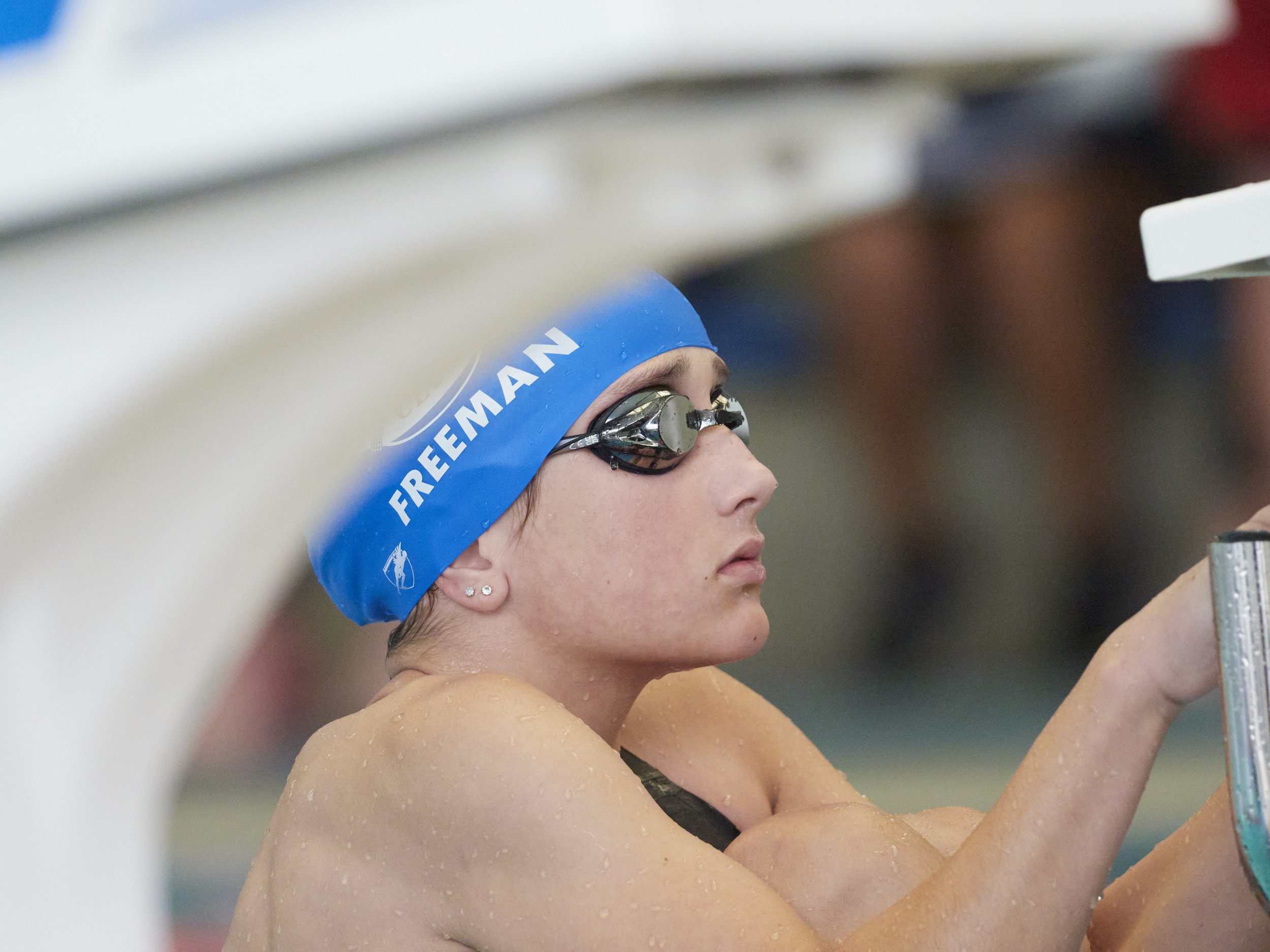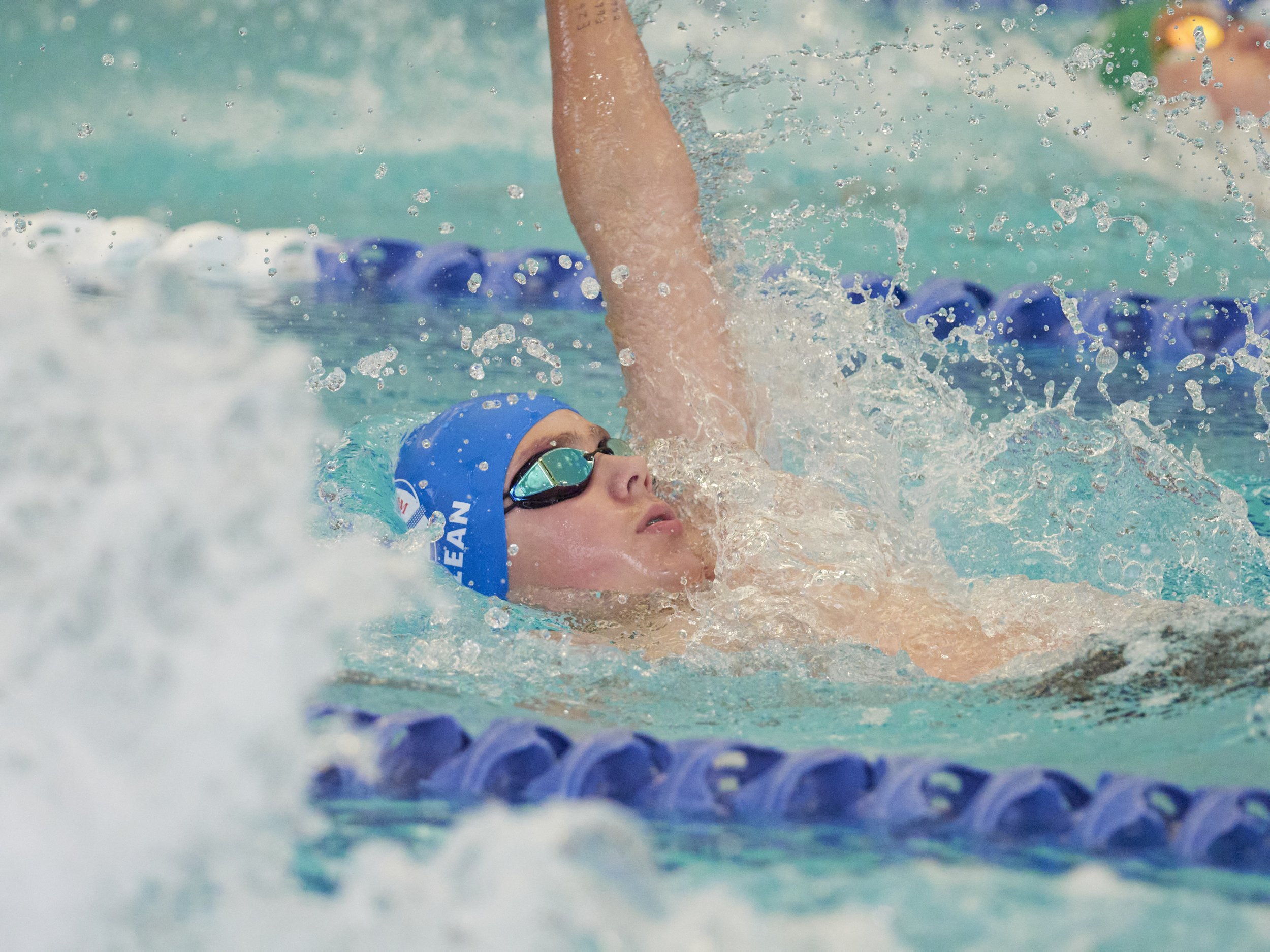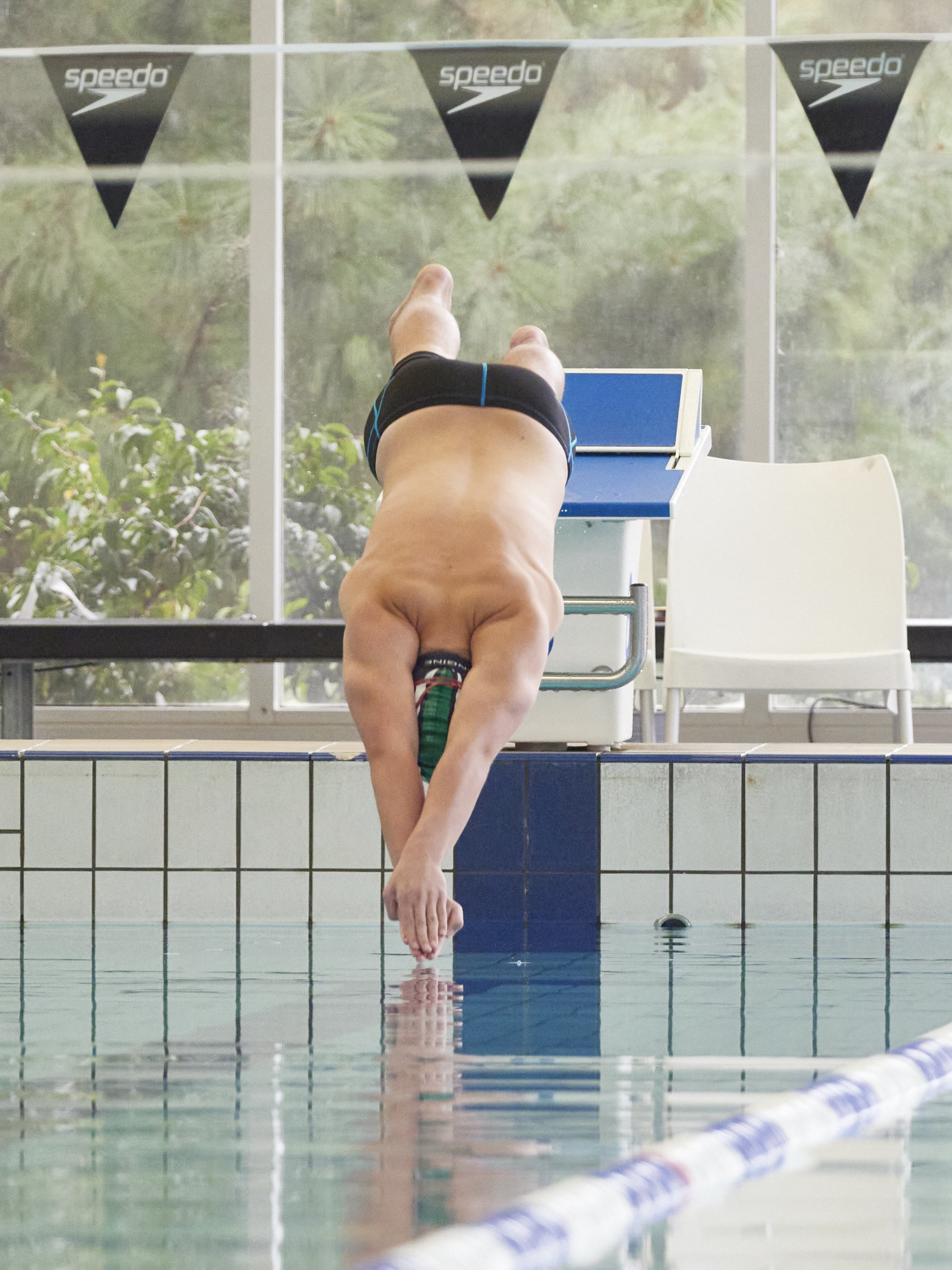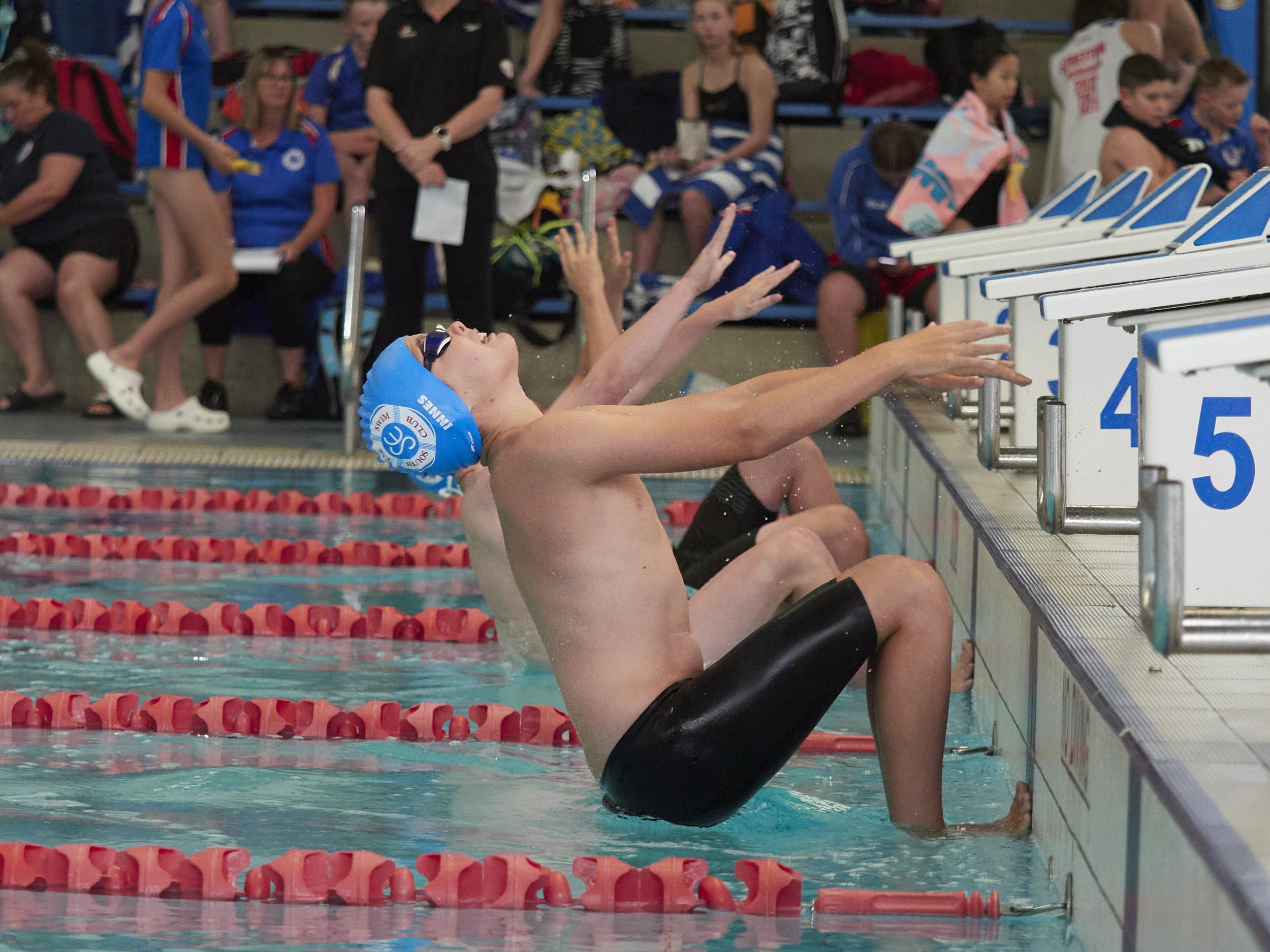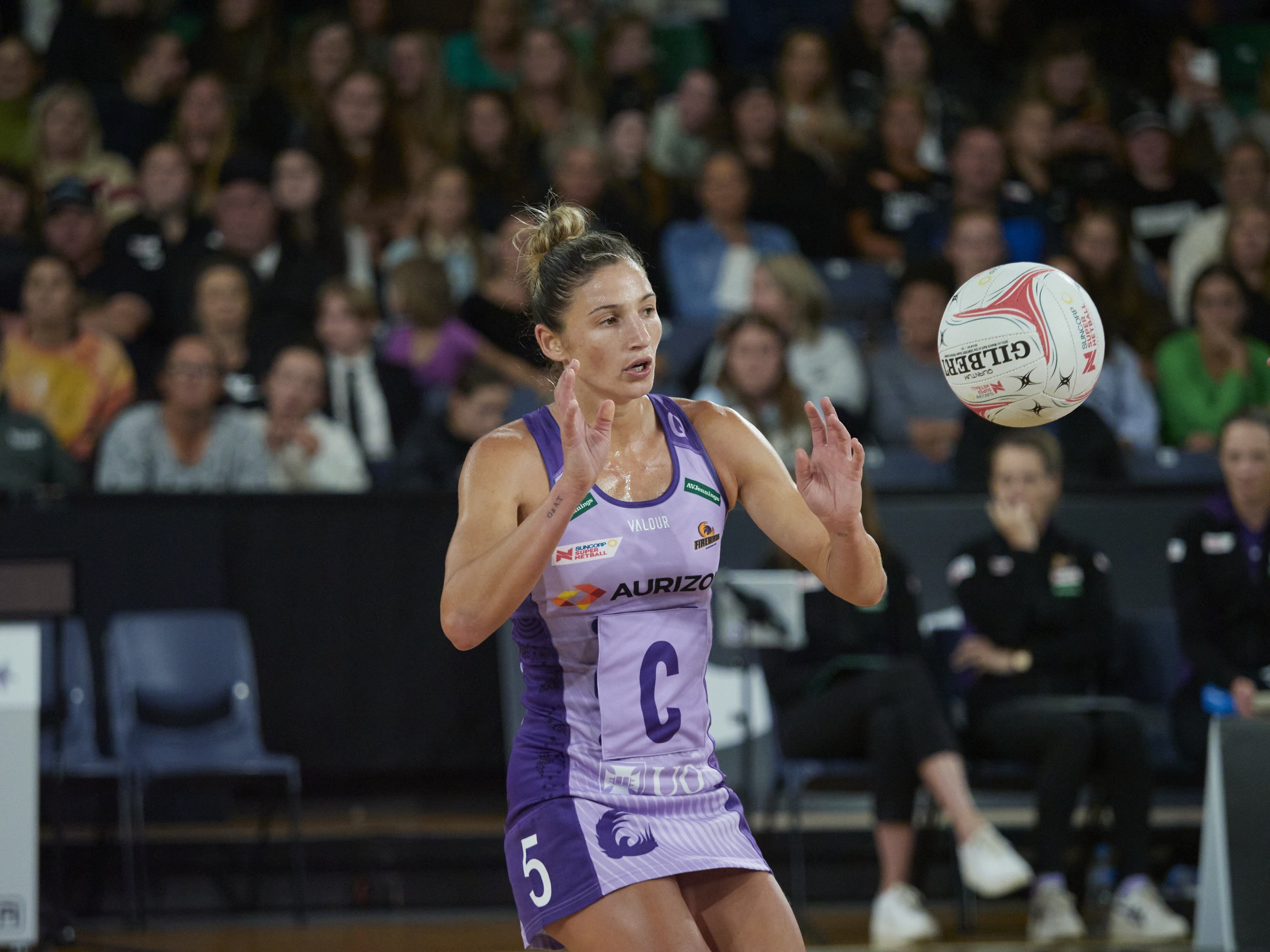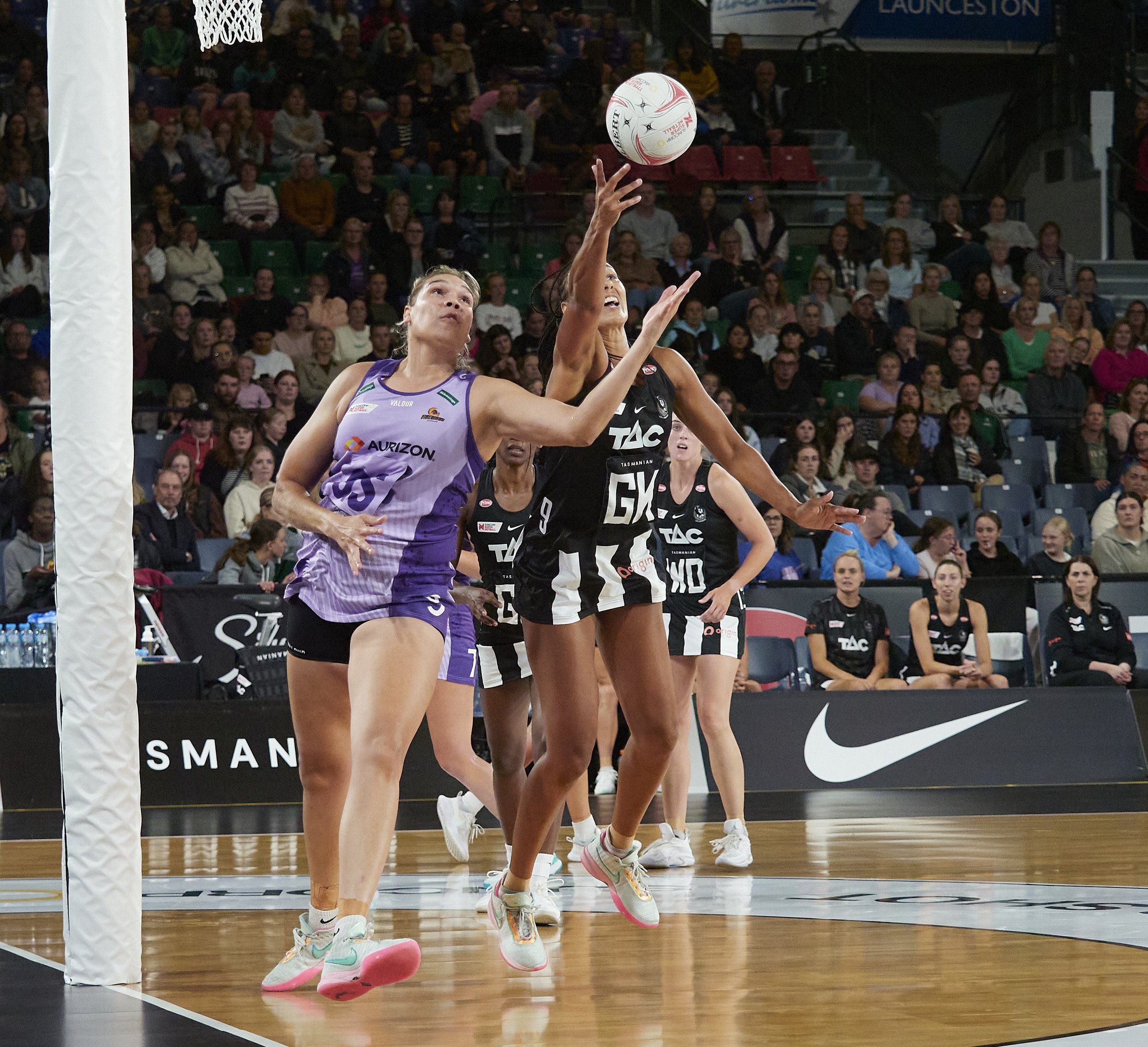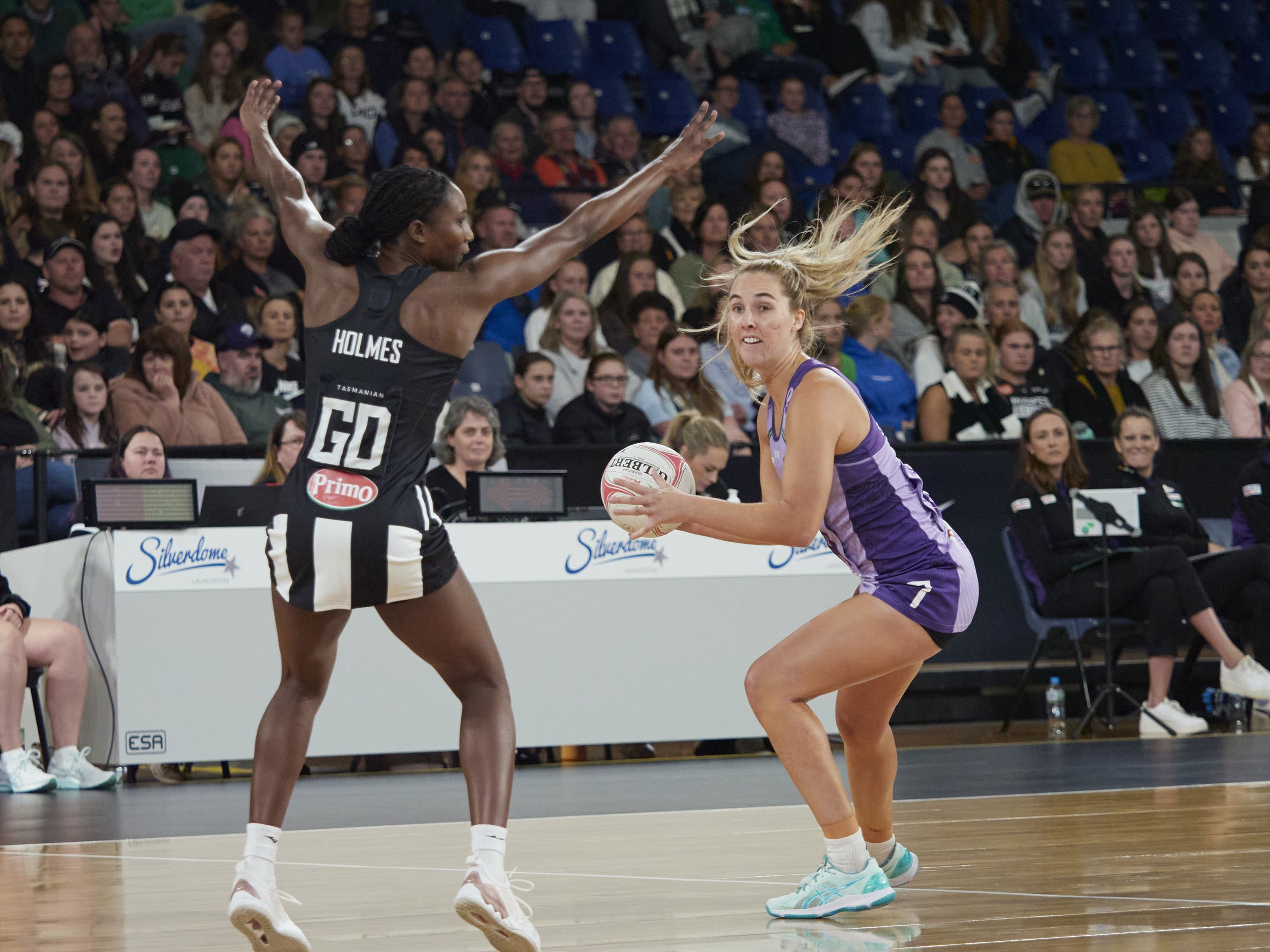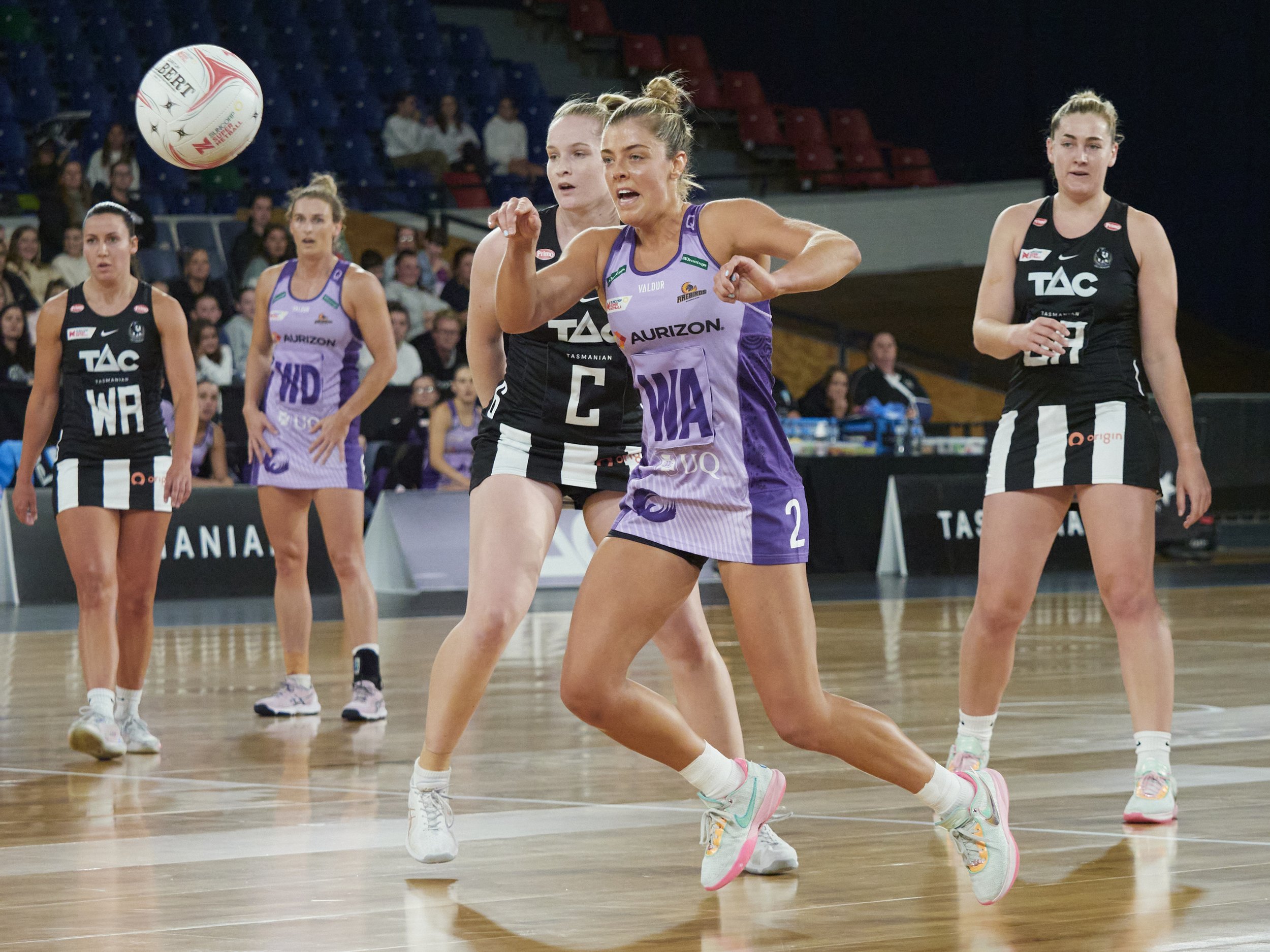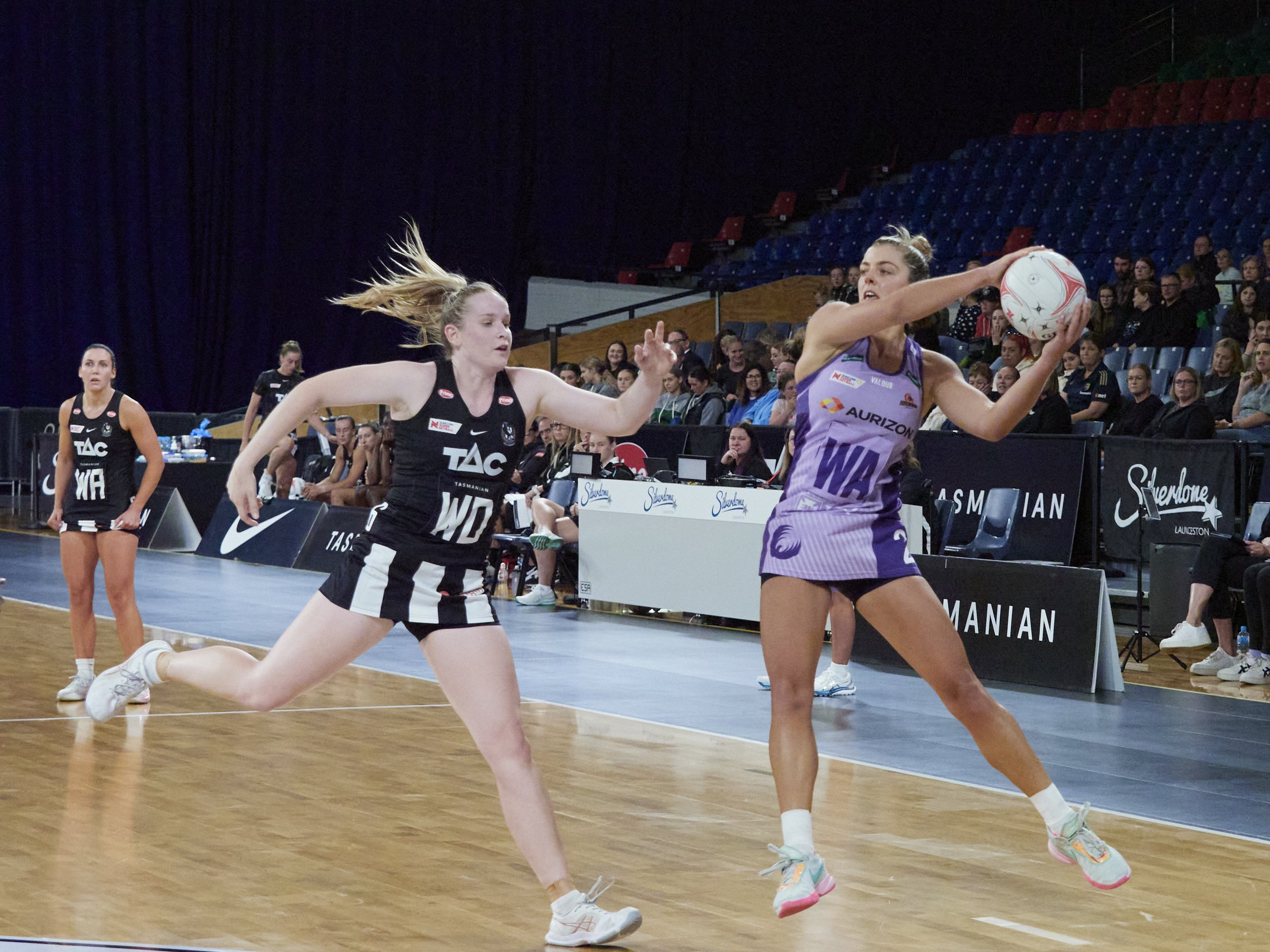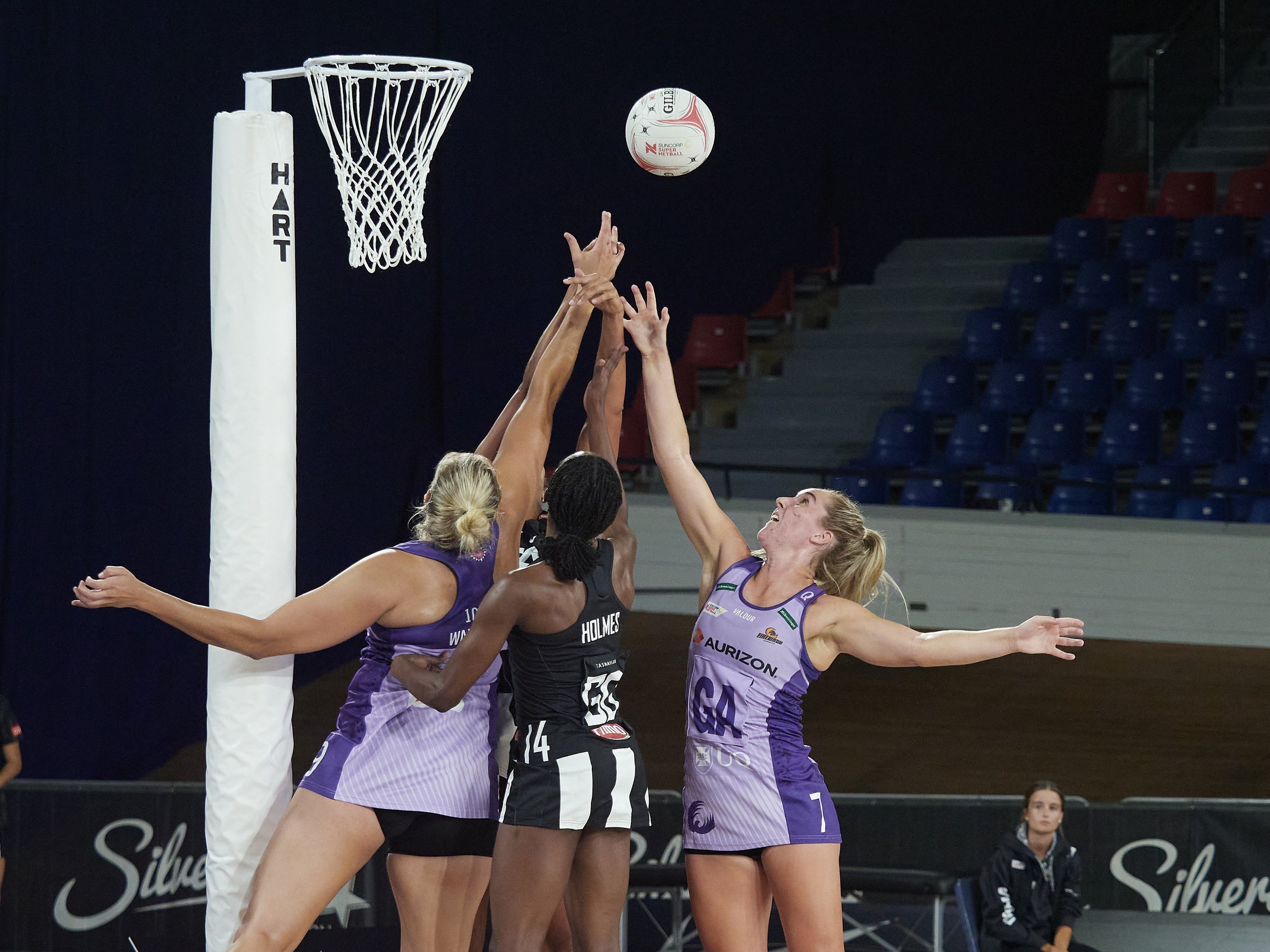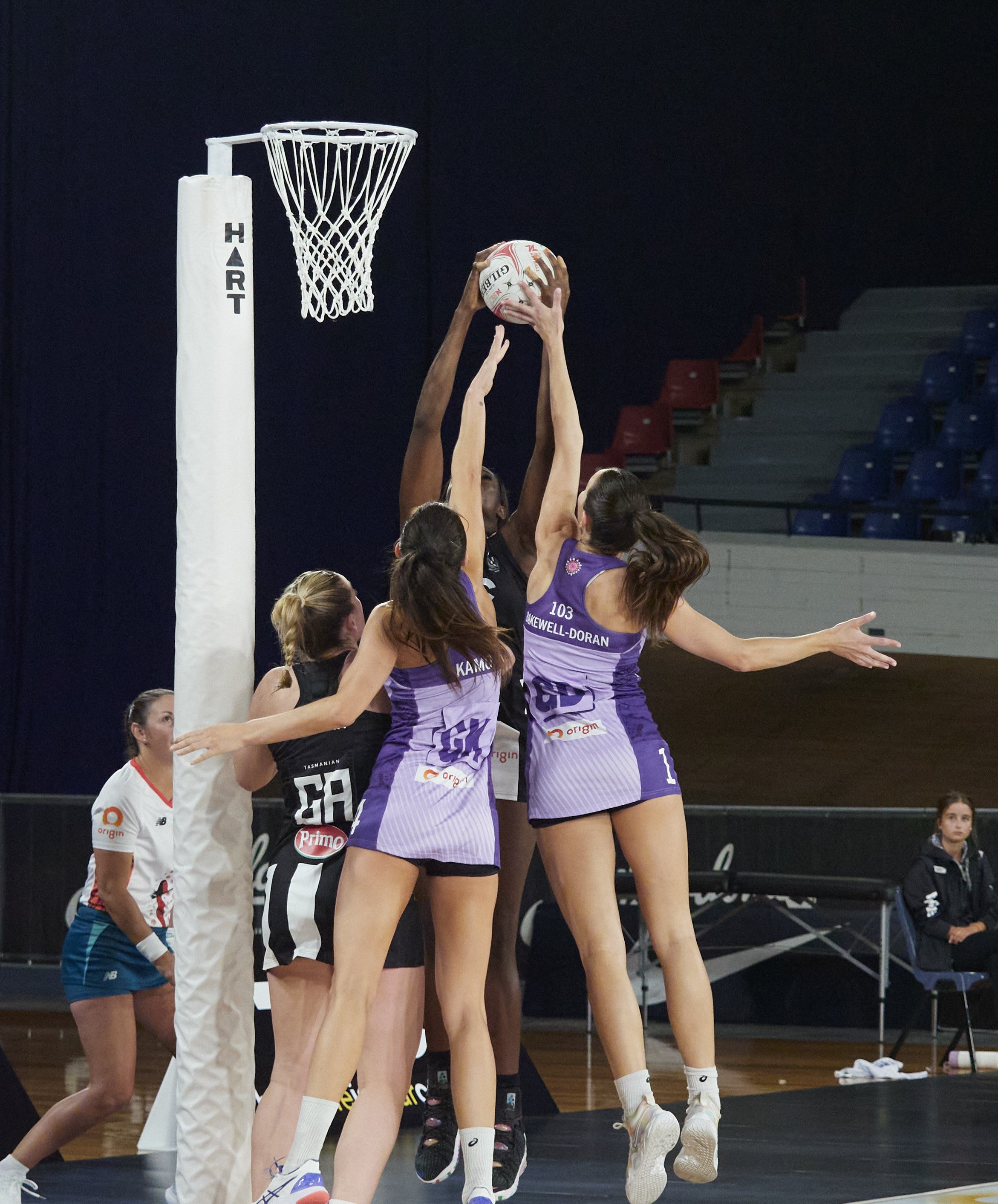Since leaving the paper, my video has dropped off a lot.
Worrying really, because I was only just feeling comfortable in that space and less is very much less in this new media type.
Then out of the blue, the school has asked me to put together a video for a project that is a few years behind schedule (COVID casualty), using some graphics, some supplied b-roll and a virtual walk through, as well as an interview to be shot replacing the original. It stars the old school head, now moved on to fresh pastures.
My deadline is the interview in two days, the video by early next week.
It will include elements of graphic over-lays, several different cameras and sources. Lots of variables.
Nothing to something in a no time, careful what you wish for.
Attitude is the priority here.
A resounding “can do”, but realistic drawing on pre-armed confidence. I have been keen for this, so I better grab it.
Testing.
The original interview was a moving monster, quite literally. the Head walked through the labyrinthine school gardens with a gimballed cam in front. Messy, busy, rushed looking. They don’t want that again thank heavens, but I will take the OSMO just in case.
Sound first and as usual, testing reveals surprises.
I did a simple “mic on camera” test using the S5 as the base camera (my interview cam). I sat 6 feet away, placed the mics on a stool and talked to (and filmed) each mic.
The MKE-600 was solid as expected. The sound in a controlled room was nice, the pickup about perfect. I had the pickup on camera at 0db, so relying on the decent Panasonic amps on basically a 1:1 basis.
the MKE-400 was not tested, but previous experience suggests it would be nearly as good, with a slightly wider pickup pattern. Maybe better for two people.
The F1/SSH-6 combo on the other hand, was noticeably more sensitive. -8db on camera, 5.5 out of 10 on the F1’s dial, so a lot of headroom. The Zoom has a little more sibilance, but that also depends on other factors.
I thought I had a noise issue at first, then realised I was picking up the air conditioner.
The Zoom also has other benefits.
It is known and proven, has more reliable power (my main concern with that unit has turned on it’s head with the little power pack), a tactile volume dial on the unit, can be set to various levels of mid-side pickup (wider pickup if two people are interviewed, which may be the case), has a known wind sock option and at a pinch, the A/B capsule is even better at handling wind (I would just run the F1 in closer).
Even more usefully, I can run the option below and the Zoom can record for itself as a backup, placed anywhere.
The Hollyland Lark M1’s have not been used properly yet and they came a close second to the Zoom in this test for sound quality, maybe even ahead, depending on the sound you want.
You get a deep, intimate sounds from these, but like many LAV’s, it is a bit flat.
If I had a chance to set up in a more controlled space, the Sennheiser would show its pedigree, but in this run-n-gun situation, the reliable old Zoom system, the MKE-400 and the Larks make the most sense.
The alternative is using the Lekato wireless units to get the 600 closer. It looks like its role will be as purchased, as a close booming mic with maximum rejection, other mics are there to handle other situations. I did use it successfully recently, so maybe I will take them all and see which two float up on the day.
I could even do both shotguns, the Zoom recording itself, the 600 to camera.
So, what happened?
I used the 600 as the wind picked up and the Sennheisser with the Rode WS6 handled it better. I put it on the small ifootage stand hard wired, pointed between both speakers and all good.
The camera with 50mm was perfect, no lighting was needed and I negotiated the tele prompter well enough.
*
The biggest issue and this is one that keeps coming up, is how do I get what I need, where I need, without breaking the back, breaking the gear, the bank account, or leaving chunks of it out of sight while I make multiple trips, or worse just leaving things behind?
The problematic items;
4x 1m long stands, needed for backdrops etc
My C-stand, needed for anything with stability issues, like a boomed mic, multi lights, big brollies. This is has a centre column that is 1.6 long.
Any long modifiers, which include the lantern, my big brolly, my 4’ soft boxes.
Sound gear, that ranges from a mic in the camera bag to a full audio kit in a hard case and a case for cables.
My COB lights, in their own hard case and a another case full of cables etc.
The Amaran “portable” lighting kit, in it’s own case with Smallrig soft box, small stands etc.
Wide flat things like 5-in-1’s, my Manfrotto collapsibles etc. Some of these are over 70cm’s wide.
Rolls of backdrops, all 1.5m wide, 2-3m long about 8 of.
Cameras etc. The etc is all that gear like mat boxes, filters, cables, batteries, rigging and on and on.
A tool kit.
My cine-lenses in a hard case.
Nice mod, but it needs a big stand, a long arm and it is three feet tall on it’s own.
The options are;
Carry each bit on it’s own, which is my now and it is not working.
Use a tall hand truck trolley and cinch cables (have this), which handles the hard cases especially, takes some tall things like stands ok and goes up stairs etc. A smaller collapsible trolley was less useful, not handling long items, nor my weighty gear.
Get the 5.11 CAM’s bag, which can take weight and bulk with a 1m stand (gun) section in the base. It would need re-packing of some stuff like audio gear and it cannot take many things pre-packed inside, but one case could probably be carried separately. It could work with the COB lights or Audio kit separate, but not both.
Get the 5.11 SOM’s bag, which is the same but smaller and can take 70cm (medium) stands. Too much of a compromise for only a little less.
Get one of those collapsible gardening trollies, the fold down type. This handles anything, any way it comes, with the one small issue of not handling stairs. All my pre-packed gear just goes in, long things on top, wide things all good standing up, all semi flat terrain handled.
As for stairs, the few times this would be an actual issue, thanks to wheel chair friendly environments, I could unpack-re-pack with only a short trip from one end to the other.
The CAM’s and SOM’s bags are also expensive enough (over $400au), that I can even come up with maybe a second option within budget. I would love the CAM’s, but the reality is, there are still so many things that it does not handle and re-packing would become an art form in itself.
































































